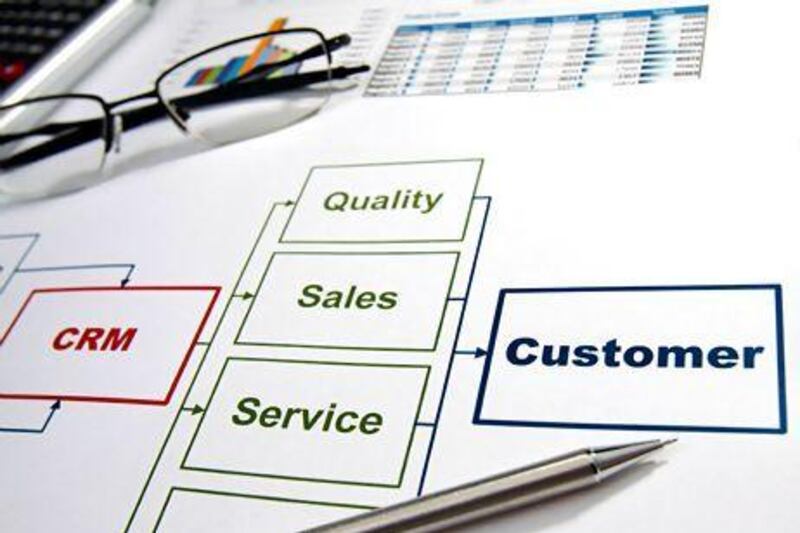Small-to-medium enterprises (SMEs) are great when it comes to creative and innovative ideas. But their main challenge is effective marketing on what is typically a shoestring budget. The acronym REFERENCES best sums up the approach SMEs can take in today's marketplace to grow their business. Here's how it can work wonders for you.
1 Recognise prospects early on in the sales cycle
Identifying the "right" prospective customers for your business is an obvious starting point, but one many SMEs tend to either get over optimistic or too emotional about while pursuing them to become their customers.
2 Efforts proportional to likely deal size
Not all deals are of the same size and value. Like Newton's Third Law of Motion, SMEs will need to understand that efforts need to be proportional to the deal size. Overselling or too frequent sales pitches can have just the opposite reaction from a prospective customer and turn you into a nuisance with your office telephone/mobile number getting stored on prospects' mobiles as part of their "do not pick up call" list.
3 Ferret the customers' actual requirements
Often, there's quite a smokescreen put up by the prospective customer to hide their real requirement or the price they are willing to avail/buy your services. Finding these out are key to a successful sales closure within a reasonable time frame and requires the SME to pick up on all their detective traits they developed while reading the stories of Arthur Conan Doyle and Agatha Christie during their early years.
4 Embed the homework you have done about the customer into your proposal
With the information explosion, thanks to the Web, you need to dig deeper and find out more about your customer, their key decision makers, their influencers and likely decision-making time frames so you can then customise your proposal to suit every customers' unique requirements and decision-making style.
5 Rain check to see if there are any flanks still not covered
Prior to getting into a "deal closure" stage, you need to see if there are any areas that have not been covered by you, but which may be important for the customer or may just differentiate your offering from that of the competition. In today's market situation, areas relating to risk management, cost savings or service excellence receive higher priority from customers and your proposal should cover these and highlight the benefits clearly for them.
6 Enlist references from your happy customers
Get in touch with your happy customers (the ones that you have routinely gone the extra mile for and for whom you have spent many a late Thursday evening resolving issues) and request their testimonials for your good work - be it for products, for service quality or for consultative selling. This can be done in the form of an old-fashioned reference letter or hitting "like" on social media forums, such as LinkedIn and Facebook.
7 Nullify any negative perceptions or competitive disadvantages of your organisation
Most SMEs fall into the trap of doing this by bad-mouthing their competitors, which is a poor strategy as it makes the customer trust you less in the long run. It is much better to work on your organisation's strengths and what you can do differently for your customer that your competitors cannot match.
8 Customise the proposal
This is easier said than done, especially because your competitors will also try to do the same. The trick here is to pay attention to details, such as the use of the customer's company logo, correct spelling of their name, proper designation, correct understanding of their present processes, along with a recap of the problems they are facing. This means the proposal sells itself and stands out as a job done by someone working in the customer's company rather than as an SME doing it.
9 Ensure proper packaging of the proposal
Today's marketing depends a lot on the packaging and this is one area that the SME should not try to save costs on because a rejection on this count - at the "beauty parade" stage - won't even get you on to the shortlist, where the evaluation of content and merit would begin. To win the deal, you must first get shortlisted for it.
10 Synergise your proposal with value beyond what the customer asked for
"Overpromise, underdeliver" is the bane of many an SME when it comes to their marketing. Just turning it into an "underpromise, overdeliver" can make a big difference to your chances of winning the deal and ensuring that the customer sees the value-add that you and your organisation have put in to compete with the best in class to win your business.
Harshit H Jain is the chief executive of innoVention Solutions





